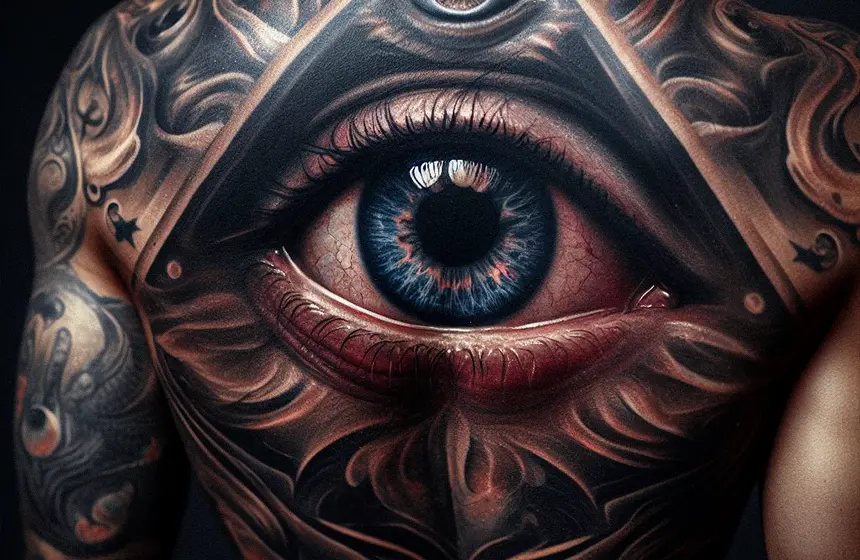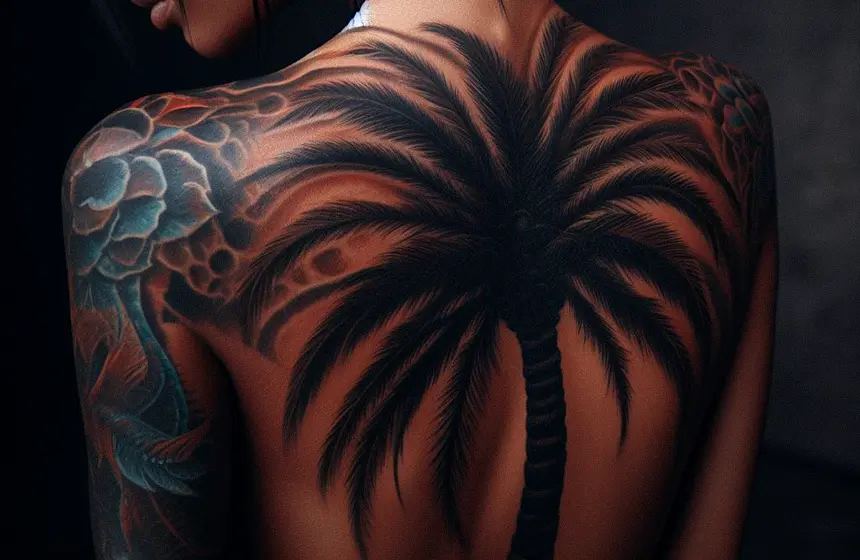Do forearm tattoos hurt?
If you’re itching for fresh ink on your forearm, there’s no need to fret. We’ve got the lowdown.
We’ll compare pain levels, delve into the science of nerves, and even liken it to a cat’s scratch.
We’ll also offer tips for managing the discomfort.
By the end, you’ll stride into that tattoo studio, fear banished, ready for your new masterpiece.
So, let’s dispel those jitters and get you one step closer to your body art dream.
Table of Contents
Do Forearm Tattoos Hurt?
Your forearm, the lower part of your arm, has strong muscles and thick skin, and there aren’t many nerves there. So, getting a tattoo on your forearm usually doesn’t hurt much, maybe just a little bit.
Pain Comparison: Forearm Vs Other Areas
Regarding the discomfort you’ll experience during a tattoo session, your forearm is often less painful than other parts of your body, like your ribs, feet, and wrists. It’s a stark comparison of forearm pain with other body parts.
Your forearm, with its robust skin and fewer nerve endings, tends to have a higher tattoo pain tolerance. The sensation might be akin to a prolonged scratch, intensely felt initially but gradually easing into a dull hum. Of course, this varies depending on the design complexity and your personal pain threshold.
As an initiation to the beautiful art of tattooing, your forearm serves as a less intimidating canvas, a perfect blend of visibility and bearable discomfort, offering a gateway to explore more intricate and bold designs in the future.
Forearm Tattoos for First-Time Recipients
Suppose you’re considering getting your first tattoo. In that case, the forearm is one of the less painful locations to start your inking journey. It’s critical to weigh the pros and cons of forearm tattoos for first-timers.
| Pros | Cons | Factors to Consider |
|---|---|---|
| Less painful | Limited space for design | Pain tolerance |
| Easy to hide/show | May fade faster due to sun exposure | Design and size |
| Good for beginners | Potential job considerations | Placement |
While the forearm provides a relatively pain-free experience, it’s necessary to consider factors such as your pain tolerance, the design and size of the tattoo, and its placement. Remember, everyone’s pain perception differs, so ensure you’re comfortable with your decision. Tattoos are permanent. Make your first experience count.
Pain Perception During Tattoo Sessions
Although you might find the initial process of getting a forearm tattoo relatively bearable, it’s crucial to understand that your perception of pain can change as the session progresses. Factors affecting pain perception during tattoo sessions include the length of the session, your physical condition, and the tattoo design’s complexity.
As the needle traces the intricate patterns on your skin, you might notice an escalation in discomfort. However, managing pain and discomfort during forearm tattoos is possible. You can experiment with different pain management techniques, such as deep breathing, distraction, or even numbing creams.
Tips for Easing Tattoo Discomfort

While you’re likely to experience some discomfort during your forearm tattoo session, there are several strategies you can employ to make the experience more bearable. Consider using topical numbing creams as an innovative approach to mitigate pain. These creams are designed to numb your skin, reducing the intensity of the needle’s prick. However, remember to consult your tattoo artist before using them, as they could potentially affect ink absorption.
Your forearm tattoo placement can also influence your experience. The outer forearm tends to be less sensitive than the inner side, so choose your design’s location wisely.
Frequently Asked Questions
-
What Are Some Common Forearm Tattoo Designs for First-Timers?
You’re considering a forearm tattoo, huh? Popular first-time designs include symbolic ones like arrows, compasses, or scripts. They carry deep meanings and fit nicely on the forearm. But remember, every spot has its pros and cons.
-
Are There Any Specific Aftercare Instructions for Forearm Tattoos?
For aftercare of forearm tattoos, you must ensure infection prevention. Regular cleaning, using antibacterial products, and moisturizing can boost tattoo longevity. Your commitment to proper care will ensure your tattoo’s vibrant, artistic representation endures.
-
How Long Does a Typical Forearm Tattoo Take to Heal Completely?
You’re looking at a healing time of roughly two weeks. However, ink allergies or other healing variables could extend this. It’s an artistic journey, so be patient and innovative in your aftercare practices.
-
What Factors Might Affect Pain Experienced During a Forearm Tattoo Session?
Your pain experience during a forearm tattoo session hinges on individual pain threshold and effective pain management techniques. Embracing innovative methods like topical numbing creams can transform a potentially painful process into a work of art.
-
How Should I Prepare My Skin Before Getting a Forearm Tattoo?
You’ve got to hydrate your skin, pal. It’s vital for the ink’s adherence. Plus, chow down on a hearty meal before your session. A well-fed body tolerates the tattooing process a tad better.
Conclusion
So, do forearm tattoos hurt?
Yes, there’s some discomfort, but it’s often likened to a mild cat scratch. Remember, everyone’s pain threshold varies. Your first tattoo might feel more intense, but it’s manageable. Opt for a smaller, more straightforward design if you’re nervous.
Use our tips to ease any discomfort during your session. With the right mindset, you’ll wear your new forearm tattoo with pride, a beautiful testament to your strength and personal style.
Now, go forth and get inked.





